Description
What is a Cabinet Mount Combination Antenna GPS+4G LTE Antenna?
The Cabinet Antenna Combination Antenna GPS+4G LTE Antenna optimal 4G LTE, Beidou, and GPS coverage combo antenna manufactured by C&T RF Antennas Inc. Contact us for more details on the GPS+4G LTE Antenna such as GPS+4G LTE Antenna datasheet, pricing, inventory. Or other Cabinet Mount Combination Antenna styles.
Multiband, multi-port combination antenna in a single impact-resistant housing. Cabinet Mount Combination Antenna GPS+4G LTE Antenna design includes proprietary high-rejection GPS technology for optimal performance and support of multi-carrier voice and data networks.
C&T RF Antennas Inc supplies a similar style low-profile antenna with a 51x60mm GPS 4G LTE Cellular Combined Antenna Bracket Screw Mount Antenna, a 50x49mm low-profile 3G 4G GPS Screw Mount Combination Antenna, and a 72x20mm low-profile Active GPS BD 4G Combo Antenna Vehicle Antenna, and large size 81x15mm low-profile GPS Beidou 4G Integrated Antenna Combination Antenna.
Besides these, we also have the Compact Low-profile 3G 4G Screw Mount Antenna and the 3-in-1 4G GPS Wifi Combination Screw Mount Antenna, Vehicle Antenna Through-hole Screw Mount Antenna Design.
The Cabinet Mount Combination Antenna GPS+4G LTE Antenna is supplied by C&T RF Antennas Inc., a professional indoor-outdoor antenna manufacturer in China.
We provide indoor–outdoor wireless antennas with many antenna types such as Dipole Antennas, Whip Antennas, Marine Antennas, Router Antennas, MIMO Antennas, Combo Antennas, PCB Antennas, FPC Antennas, Spring Antennas, Sector Antennas, Yagi Antennas, etc., for IoT & M2M industries.
C&T RF Antennas Inc provides the internal-external antenna with many antenna frequencies such as 169MHz, 230MHz, 315MHz, 433MHz, 868MHz, 915MHz, Lora, NFC, VHF&UHF, NB-IoT, ADS-B, GSM, Wifi 2.4GHz, 5.8GHz, 2G 3G 4G LTE, GPS, GNSS, 5G NR, UWB, Cellular, etc.
Contact us for more Cabinet Mount Combination Antenna GPS+4G LTE Antenna details such as GPS+4G LTE Antenna datasheet, GPS+4G LTE Antenna pricing, GPS+4G LTE Antenna inventory, or other Cabinet Mount Combination Antenna styles.
Cabinet Mount Combination Antenna GPS+4G LTE Antenna specifications
Item Number: CTRF-ANTENNA-GPS-BD-4G-4615-SMA
GPS+4G LTE Antenna Applications
Intelligent Transportation Systems (ITS)
Remote Monitoring
IoT M2M Industries
Cabinet Mount Combination Antenna GPS+4G LTE Antenna Electrical Specifications
PRODUCT INFORMATION
GPS/BD/4G external antenna
Frequency range: 1575.42 1561 700~2700MHz
Impedance: 50Q
Gain: 28dBi; 5dBi 7dBi
Working voltage: DC2.8~5V
Working current: 10: 2mA
Size: 46*15mm
Ceramic size: 25*25*4mm
Working temperature: -40C~85℃
Storage temperature: -40C~80℃
Standing wave ratio: 1.5
Scope of application: navigation and positioning equipment
Interface type: SMA male
Cable type: RG174 coaxial cable (wire diameter 2.8mm)
Cabinet Mount Combination Antenna GPS+4G LTE Antenna Mechanical properties
Dimensions: Φ46×15mm
Cover material: ABS
Weight: 125g
Connector: SMA x 2pcs
Antenna color: black
Installation method: 3M sticker
Waterproof rating: IP66
Cabinet Mount Combination Antenna GPS+4G LTE Antenna Temperature characteristics
Working environment
Temperature: -40 to +85ºC
Humidity: 10 to 95%RH
Storage environment
Temperature: -40ºC +85ºC
Humidity: 10 to 95%RH
C&T RF Antennas Inc. specializes in antennas that combine multiple technologies including 2G/3G/4G LTE with WiFi, GPS/GNSS/Beidou, and VHF or UHF in a single antenna radome.
Combining technologies in this way reduces lifetime costs by simplifying fitment, maintenance, and removal as well as maintaining the aesthetic appearance and value of vehicles.
Please contact us for more information on the Cabinet Mount Combination Antenna GPS+4G LTE Antenna such the connector or cable length can be changed.
GPS antenna principle
In the GPS antenna unit design, a high-frequency and low-noise amplifier is used to reduce the thermal noise of the GPS antenna and the influence of the previous unit circuits on the performance of the receiver; when the GPS satellite is used in the GPS antenna principle to achieve navigation and positioning, the user receiver.
The main task is to extract the pseudo-random noise code and data code from the satellite signal to further calculate the position, speed, and time (PVT) of the receiver carrier and other navigation information. Therefore, GPS receivers are essential user equipment.
The GPS receiver circuit currently in practical application is generally composed of four parts: antenna unit, radio frequency unit, communication unit, and solving unit. Based on the analysis of GPS satellite signal composition, this article gives the principle and application of radio frequency front-end GP2010.
1. The composition of GPS satellite signals
GPS satellite signals are synthesized using typical code division multiple access (CDMA) modulation technology. The complete signal mainly includes three components: carrier, pseudo-random code, and data code.
The signal carrier is in the L band, and the center frequencies of the two carriers are denoted as L1 and L2 respectively. The satellite signal reference clock frequency f0 is 10.23MHz, and the center frequency of the signal carrier L1 is 154 times f0, namely:
FL1=154&TImes;f0=1575.42MHz (1)
Its wavelength λ1=19.03cm; the center frequency of the signal carrier L2 is 120 times the frequency of f0, namely:
FL2=120&TImes;f0=1227.60MHz (2)
2. The principle of GPS antenna analysis
Its wavelength λ2=24.42cm. The frequency difference between the two carriers is 347.82MHz, which is approximately 28.3% of L2. This choice of carrier frequency is convenient for measuring or eliminating the propagation delay error caused by the ionospheric effect when the navigation signal propagates from the GPS satellite to the receiver.
Pseudo-random noise codes (PRN), namely ranging codes, mainly include fine ranging codes (P codes) and coarse ranging codes (C/A codes). The code rate of the P-code is 10.23MHz, and the code rate of the C/A code is 1.023MHz.
The data code is the navigation and positioning data sent by the GPS satellite to the user receiver in binary form, also called the navigation message or D code.
It mainly includes satellite almanac, satellite clock correction, ionospheric delay correction, working status information, and C/A code conversion to capture the information of the P-code and the approximate ephemeris of all satellites; the total message consists of 1500 bits, divided into 5 subframes, each subframe transmits 10 words within 6s, each word is 30 bits, a total of 300 bits, so the data The baud rate of the code is 50bps.
The through-hole screw mount antenna GPS+4G LTE antenna features
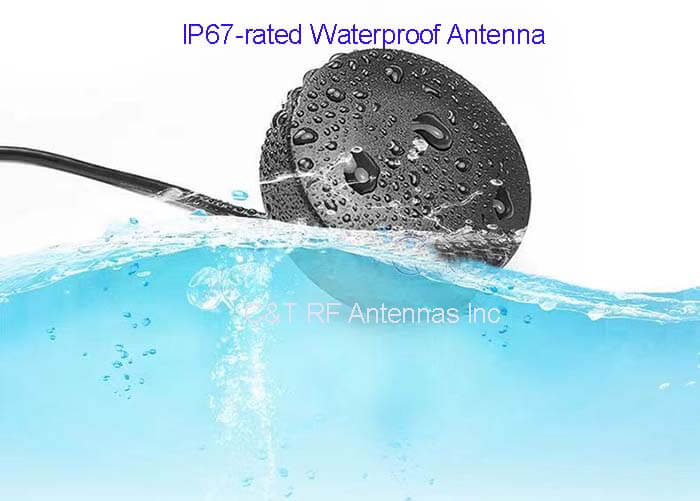
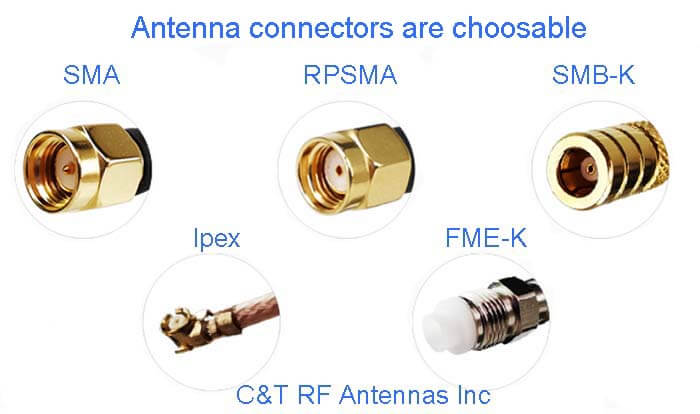
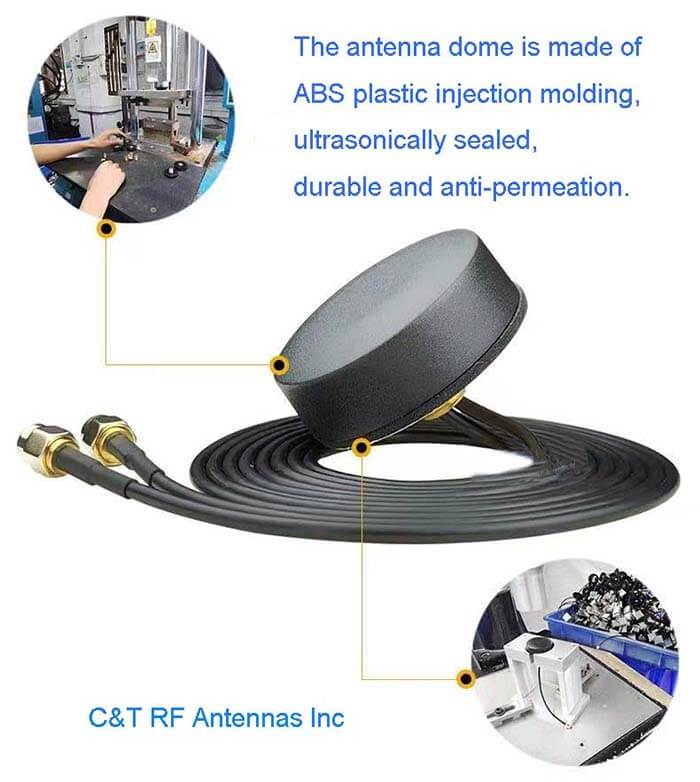
GPS+4G LTE antenna applications



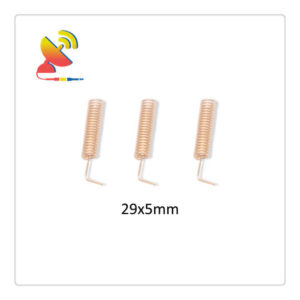

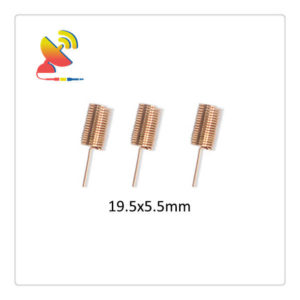
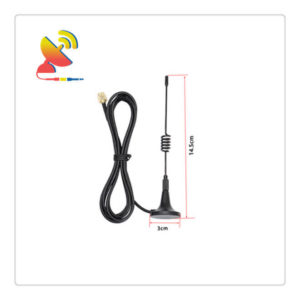
Reviews
There are no reviews yet.